Cricket drying
One of the possible ways to extend shelf life of crickets is to dry them. Charles Odira from the company Mixa, Flying Food partner in Kenya, has developed a solar dryer for this purpose. Drying using solar energy doesn’t require electricity and is sustainable. Ruben Molenaar, from the HAS university, has investigated drying using the…
Read More
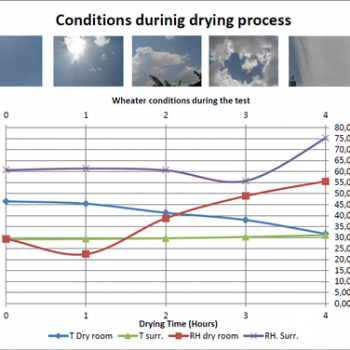
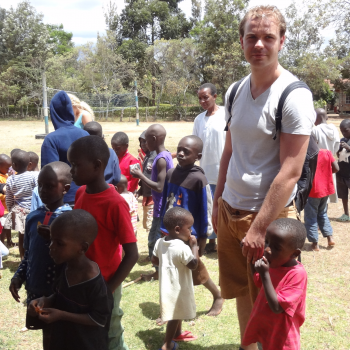
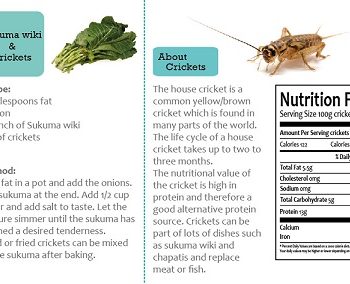
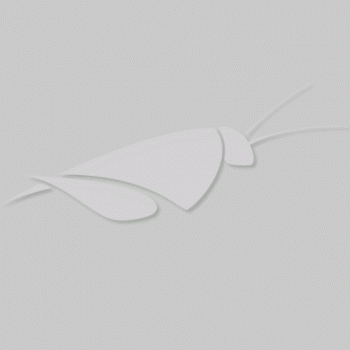
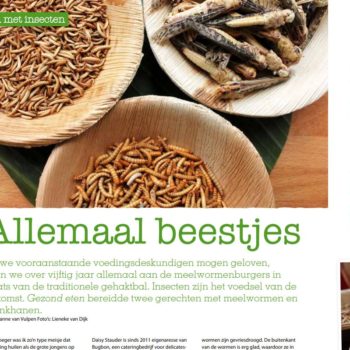
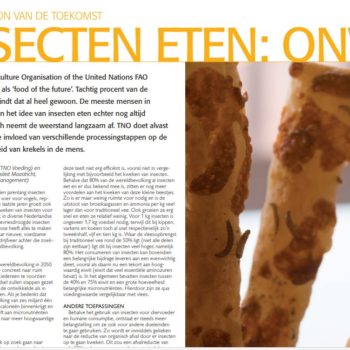
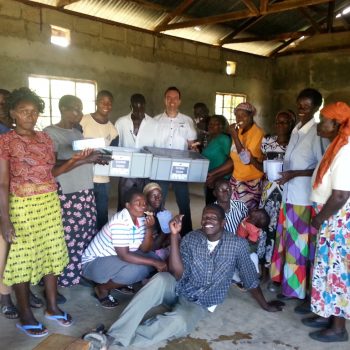
Recent Comments